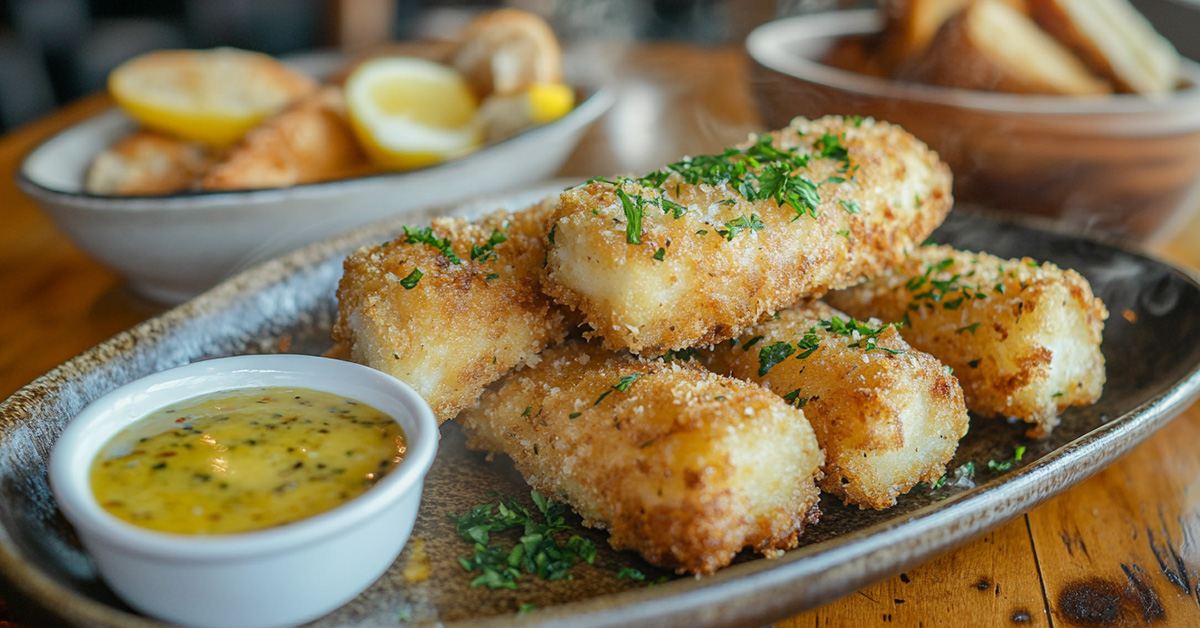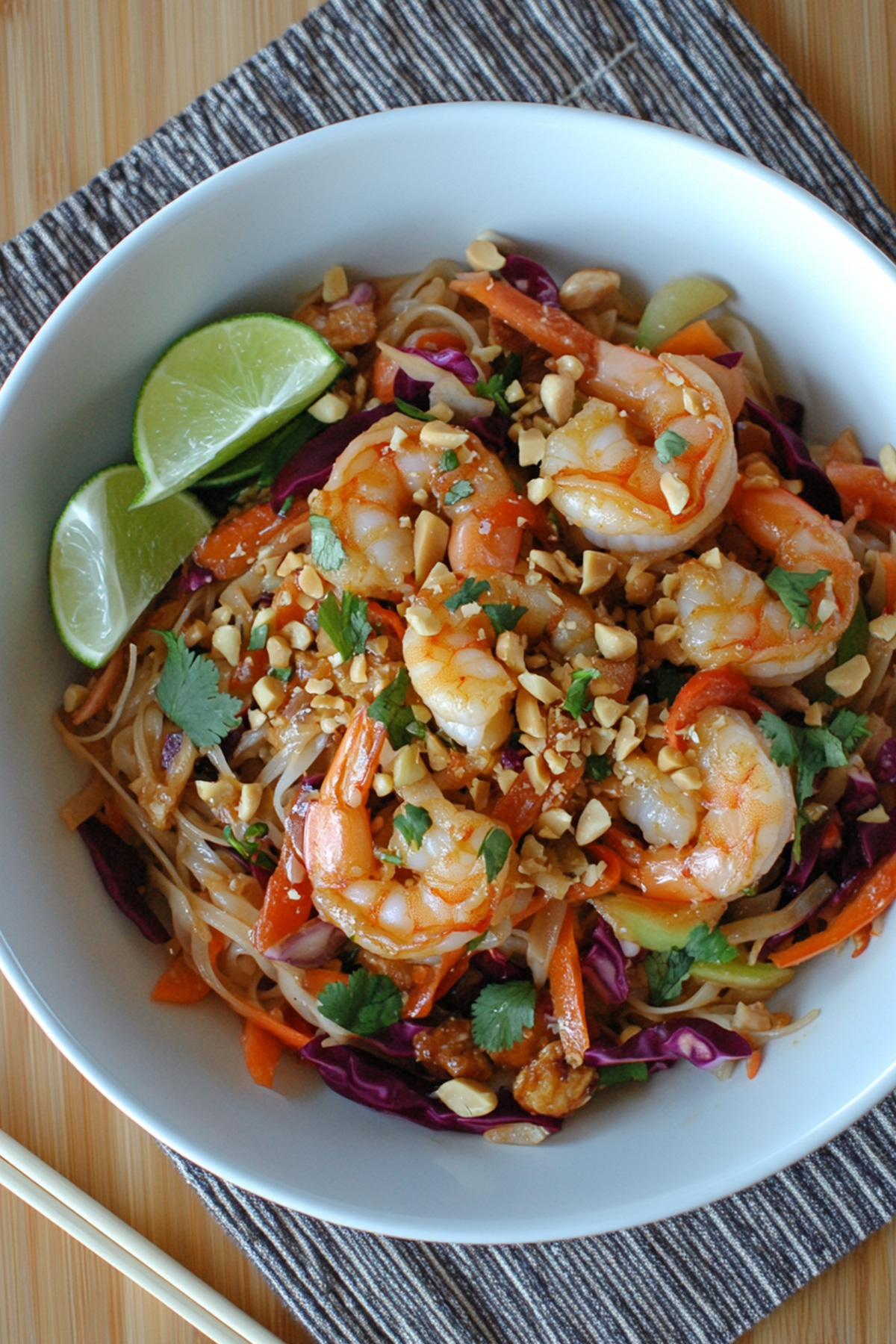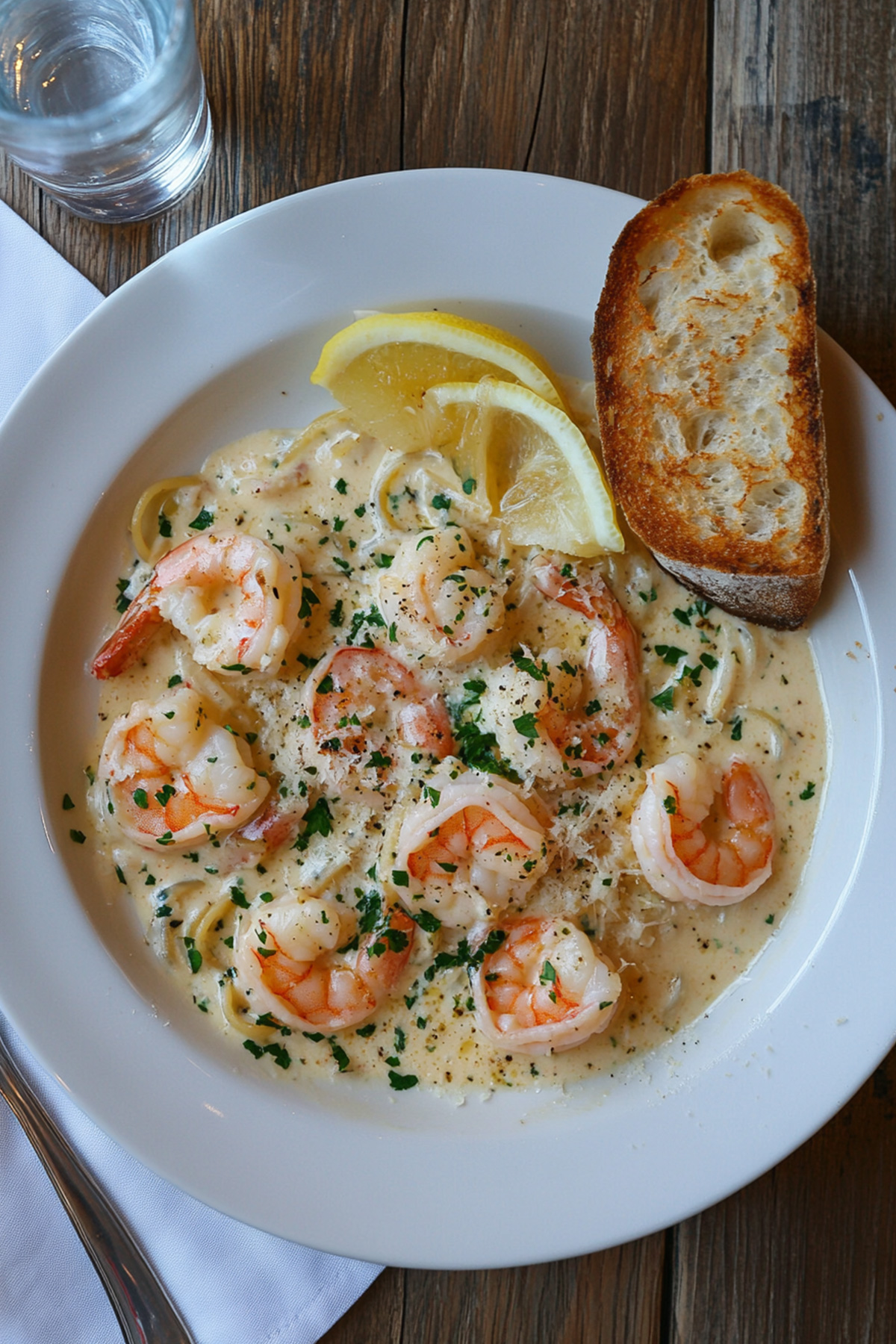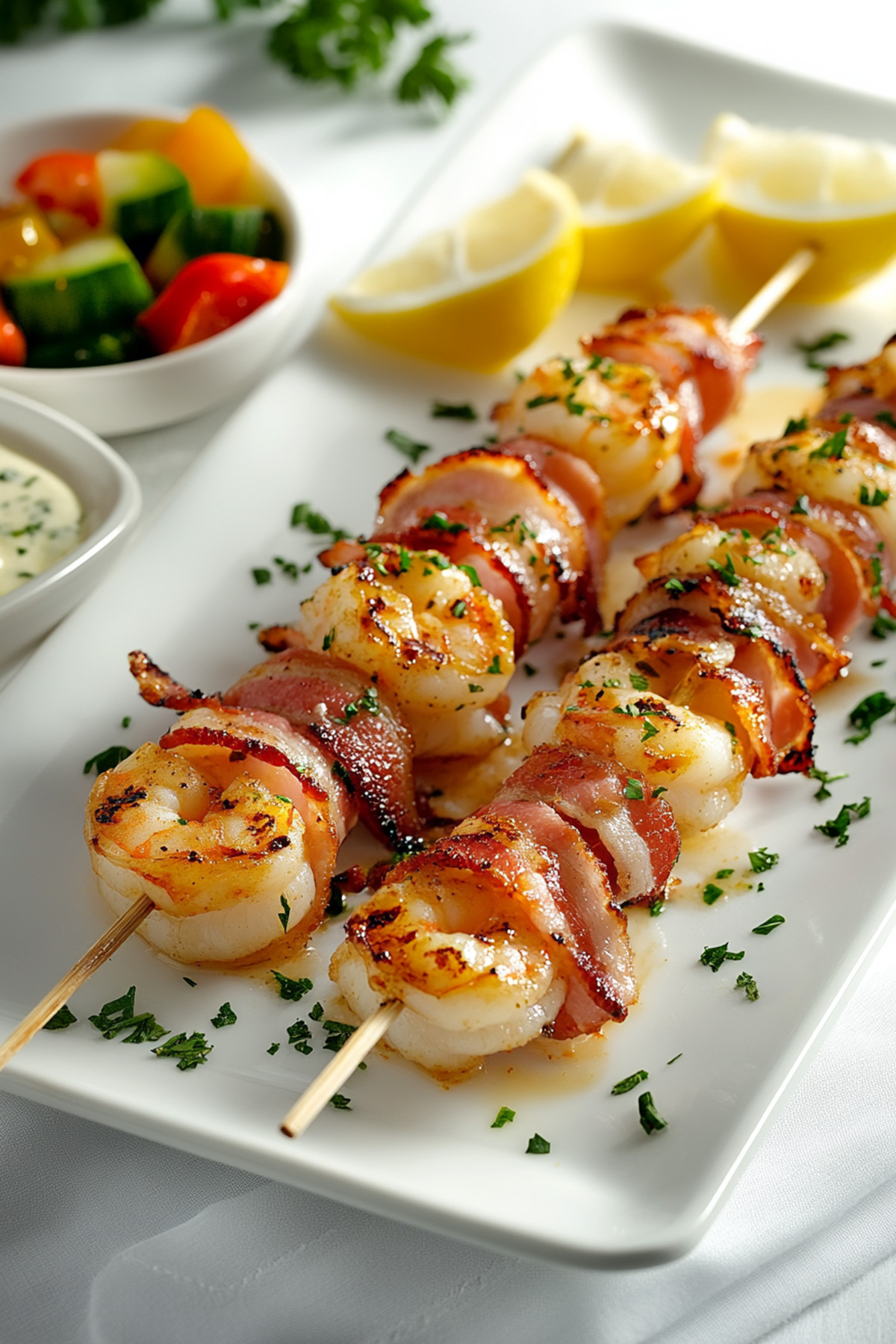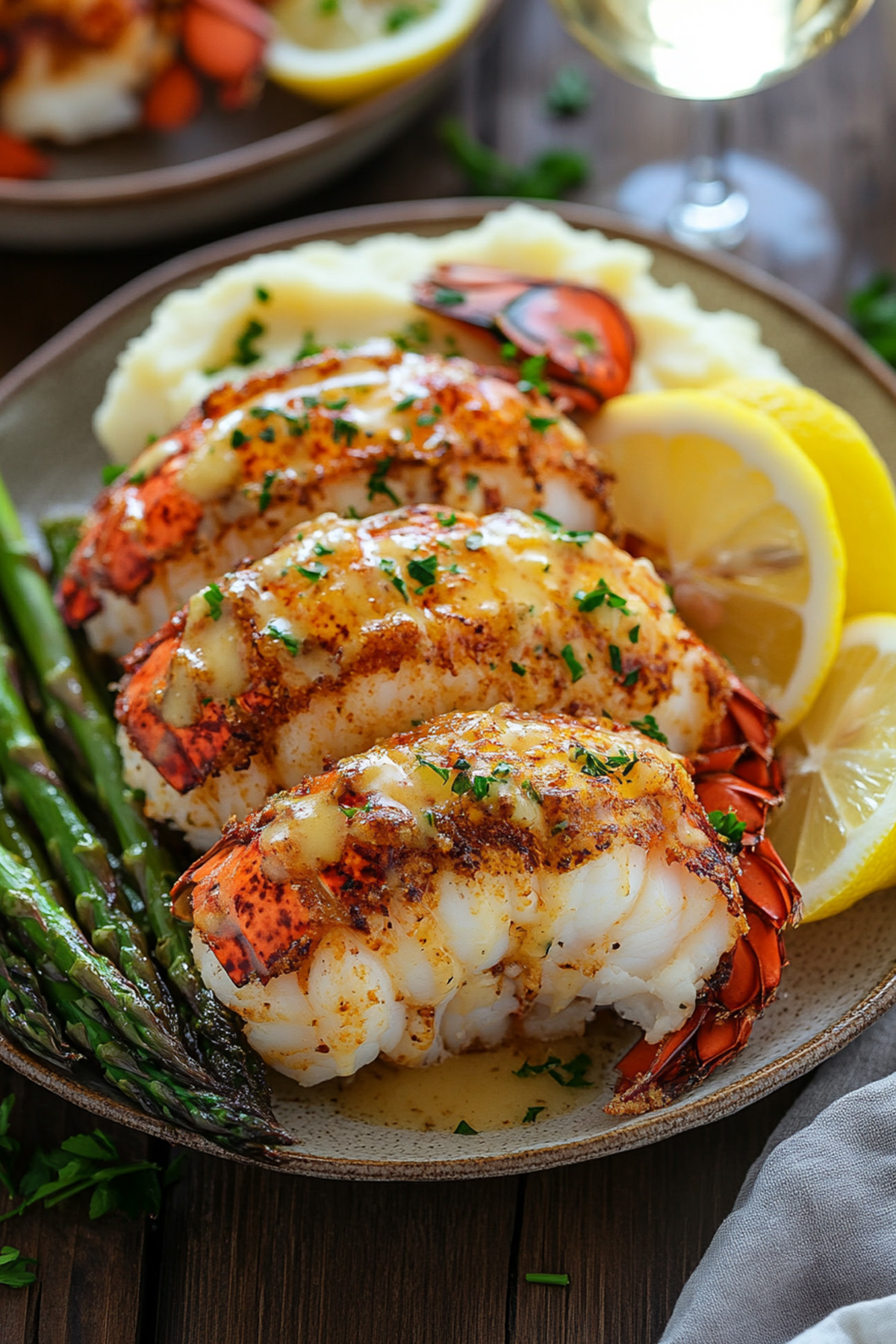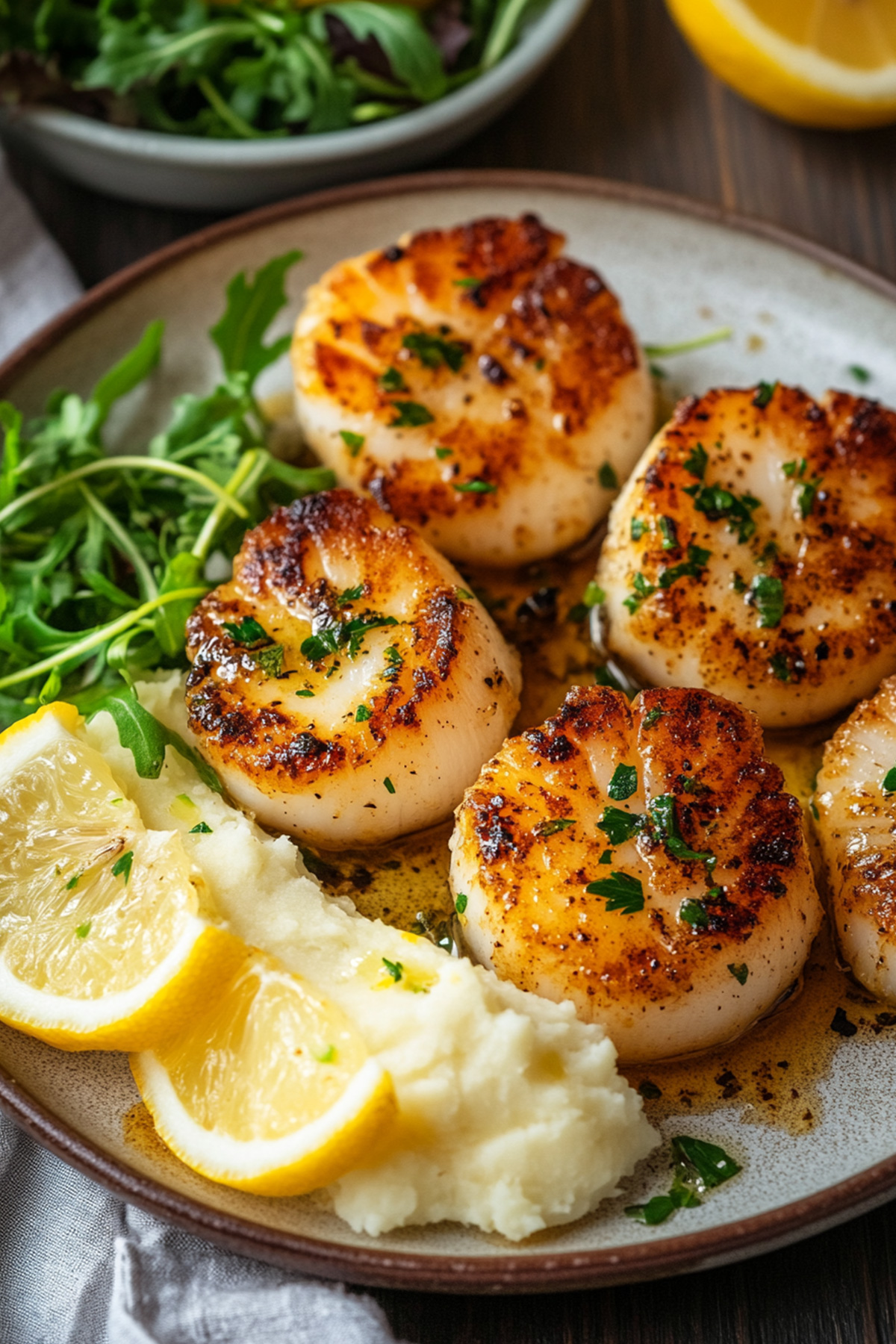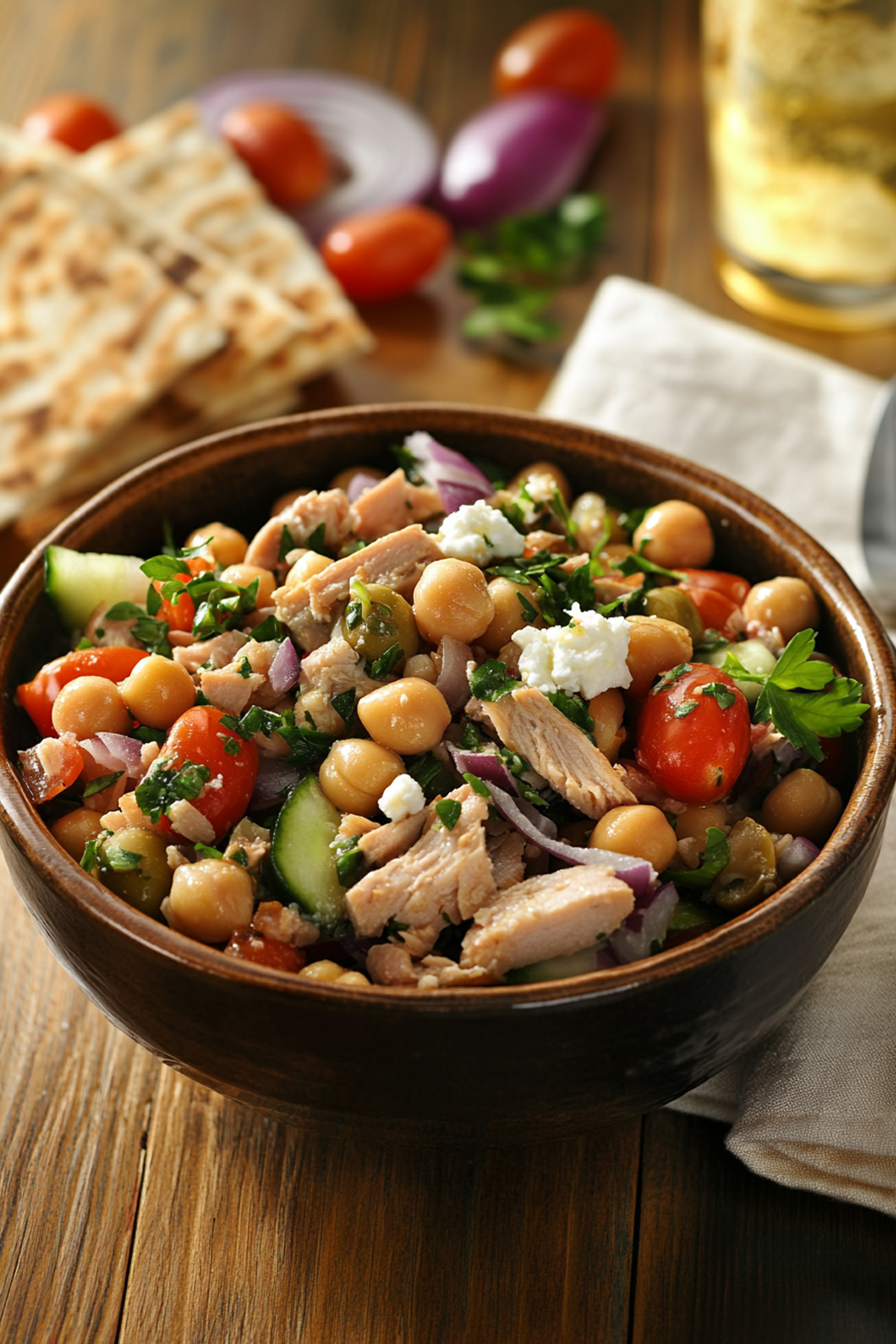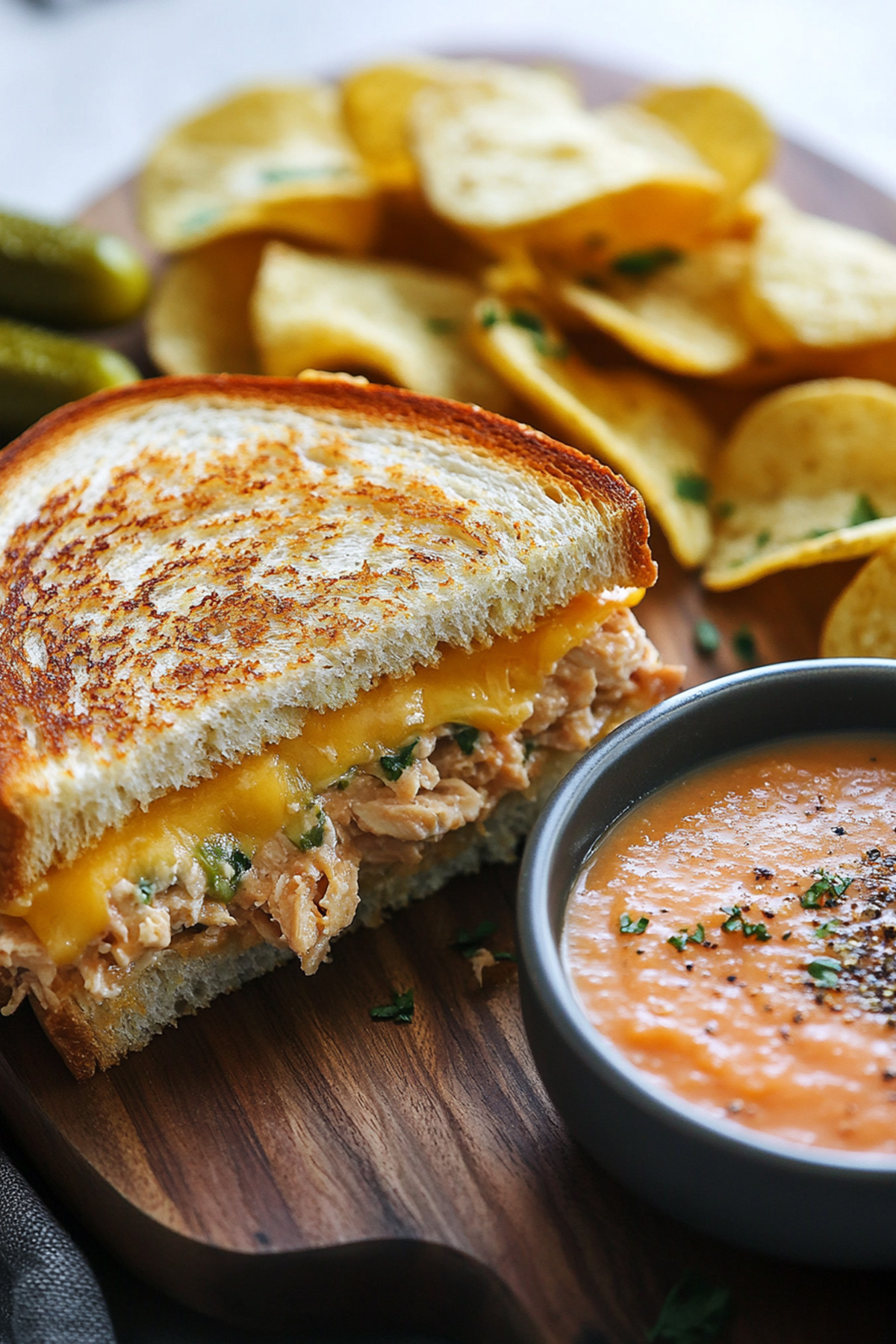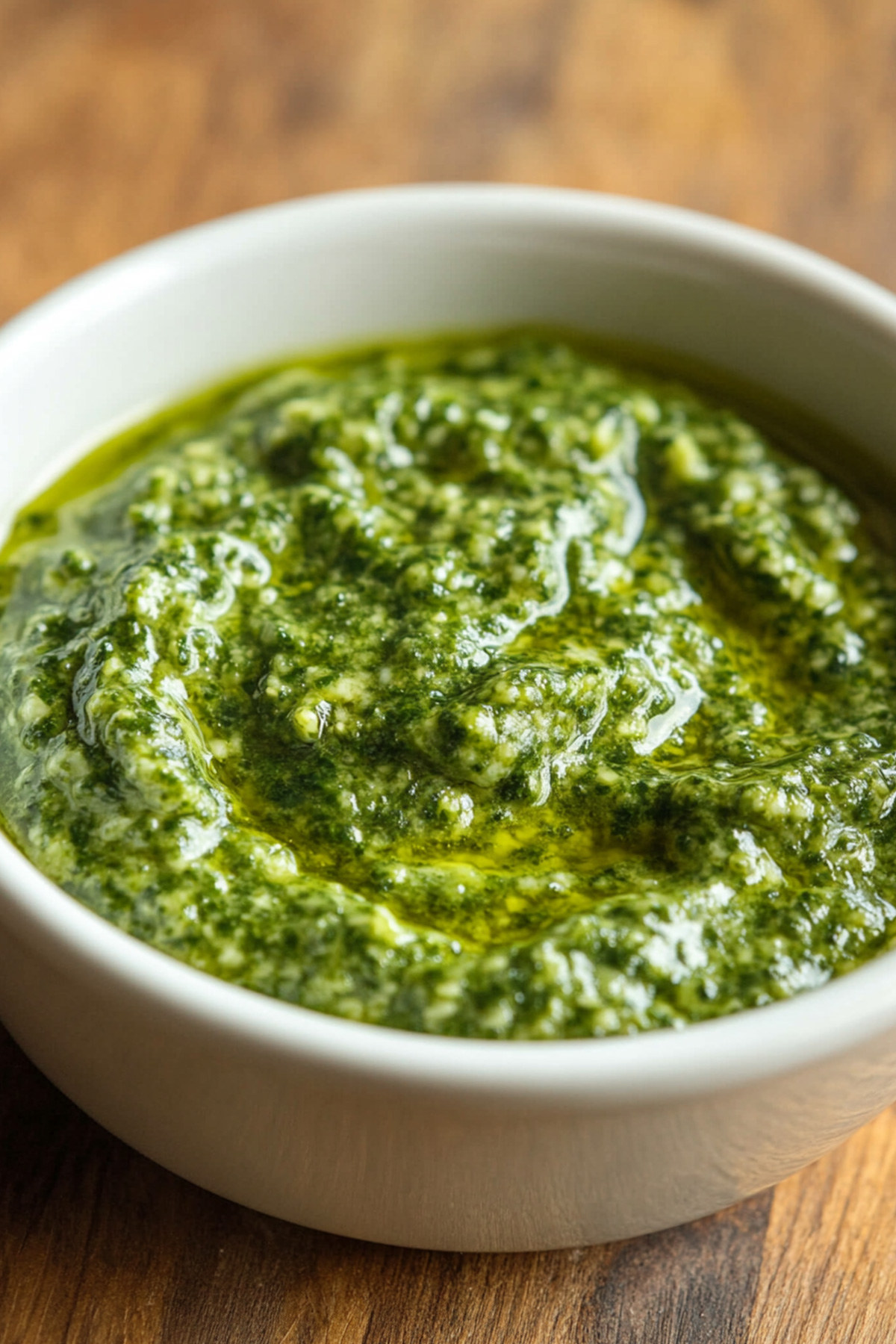Disclosure: As an Amazon Associate and participant in other affiliate programs, we earn from qualifying purchases. We only recommend products we believe will provide value to our readers.
Need a quick, tasty, and affordable fish dinner? This fried swai fish recipe could be your perfect weeknight meal solution. A few simple ingredients and cooking techniques can turn this mild-flavored fish into a crispy, golden-brown dish that your family will love.
Let me show you everything about cooking swai – from picking the best filets to becoming skilled at the perfect pan-fried technique. The detailed instructions in this piece will help both newcomers and experienced cooks. You’ll get helpful tips and creative ways to make your fried swai a soaring win. The nutritional benefits and serving suggestions are a great way to get ideas for a complete, satisfying meal.
Table of Contents
What is Swai Fish?
Have you spotted that cheap white fish at your local grocery store? Swai fish, scientifically known as Pangasianodon hypophthalmus, has found its way into American kitchens. This freshwater fish comes from the Mekong River in Southeast Asia. Vietnamese fish farms now supply most of it to dinner tables across the United States.
The fish goes by several different names:
- Vietnamese catfish
- Pangasius
- Iridescent shark
- Tra fish
- Cream dory
Swai shares some traits with catfish, but note that U.S. law doesn’t allow it to be sold as catfish. The fish stands out because of its sweet mild flavor and delicate, flaky texture. You can cook it just about any way you want, and it takes well to different seasonings.
Budget-conscious shoppers love that swai costs just a third or quarter of what you’d pay for cod, halibut, or flounder. The fish grows fast and eats mostly vegetarian food on farms, which makes it a green choice that won’t break the bank.
Look for swai from reliable fishmongers and grocers to get the best quality. Fresh swai should smell clean and have firm, white flesh – perfect if you want to try your hand at a fried swai fish recipe.
Read also: Perfect your Recipe for Southern Fried Fish
Why Choose a Fried Swai Fish Recipe?
The golden-brown crunch of perfectly fried fish brings comfort to any meal. Swai fish creates that crispy exterior and keeps its tender, flaky interior. This budget-friendly fish stands out with amazing qualities that make it perfect to fry.
Swai fish adapts to seasonings naturally and develops a satisfyingly crispy crust in the pan. The meat stays tender and moist while cooking quickly. You’ll appreciate how it costs less than other fish options too.
This mild-flavored fish turns into a crispy delight that your family will enjoy. Most people love it because it doesn’t have that strong “fishy” taste that makes them avoid seafood. You can serve restaurant-quality meals on weeknights or weekends with this fried swai fish recipe without spending too much.
Swai’s adaptable nature lets you try different seasonings and batters while getting that perfect crunch every time. The neutral flavor profile works as a blank canvas that lets your creativity shine through. You can adjust the taste based on your family’s priorities. The fish’s firm yet delicate texture works great for pan-frying, making it perfect for cooks of all skill levels.

Fried Swai Fish Recipe
- Total Time: 35 minutes
- Yield: 8 servings 1x
Description
You can create restaurant-worthy fried swai fish in your kitchen. This recipe turns simple ingredients into a crispy, golden masterpiece. Your family will love this dish and make it their favorite.
A crispy cornmeal coating makes this pan-fried swai a delightful dish. The seasoned exterior turns golden and crunchy while the fish stays tender inside. The entire dish comes together in 35 minutes and works perfectly for quick weeknight meals or when you want to impress your guests.
Ingredients
- 8 swai filets (each weighing 5–7 ounces)
- 2 cups yellow cornmeal
- 1 tablespoon seasoned salt
- 1/2 teaspoon garlic powder
- 1/2 teaspoon black pepper
- Vegetable oil for frying (2-4 cups)
Instructions
- Heat your oil to 350°F in a large deep frying pan at medium-high heat.
- Create a seasoning mix by combining cornmeal, seasoned salt, garlic powder, and pepper in a shallow bowl.
- Take your filets, give them a good rinse and dry them thoroughly with paper towels.
- Coat each filet evenly with the seasoned cornmeal mixture.
- Add 3-4 filets carefully to the hot oil.
- Let the filets cook for 3 minutes on each side until they turn golden brown.
- Move the cooked filets to paper towels so excess oil drains away.
- Place the cooked filets in a 200°F oven to stay warm while you finish cooking the remaining batch.
Notes
- Don’t overcrowd the pan – cook in batches so everything cooks evenly
- A meat thermometer helps ensure the internal temperature hits 145°F
- Make sure to pat the fish really dry before coating to get a better crust
- Prep Time: 15 minutes
- Cook Time: 20 minutes
- Category: Seafood
- Method: Frying
- Cuisine: American
Essential Tips for Cooking Swai
The perfect swai dish starts with the right handling and preparation. The key to achieving the perfect texture depends on how you thaw the fish. Your swai filets need slow thawing in the refrigerator instead of quick methods like microwave or hot water. This approach keeps the fish’s texture intact.
A quick rinse under cold water and thorough pat-dry with a clean kitchen towel will get your swai filets ready. This step is significant to get that perfect golden crust while frying.
Here’s everything in cooking that will boost your results:
- Add 2-3 minutes of cooking time per side for pieces larger than 4 ounces
- Take the fish off heat when it’s 80-90% done
- Check doneness every 5 minutes if needed
- Keep cooked fish in an airtight container for up to 3 days
To curb mushiness, try grilling or broiling to firm up the texture. Hot oil is essential for pan-searing – it creates a better crust and keeps the fish from getting soggy.
Note that swai works well with many seasonings. You can try different spice combinations like Old Bay seasoning, lemon-herb blends, or your favorite Creole seasonings. Red pepper flakes can adjust the heat level based on your priorities.
You may like: Easy Cod Air Fryer Recipe
Health Benefits of Fried Swai Fish
A plate of fried swai offers more than just indulgence – it comes with impressive health benefits! This budget-friendly fish delivers exceptional nutritional value alongside its delicious taste.
Your body will thank you for these notable health advantages:
- Rich in omega-3 fatty acids that support heart health
- Excellent source of lean protein for muscle maintenance
- Contains EPA and DHA for improved vision and brain function
- Naturally low in carbohydrates, perfect for weight management
- Promotes satiety, helping you feel fuller longer
Adding fried swai to your meal rotation supports cardiovascular health through its omega-3 content and helps reduce risk factors like high cholesterol and blood pressure. The protein-rich profile makes it an excellent choice if you have an active lifestyle or weight management goals.
Swai’s role in cognitive health stands out remarkably. Its EPA and DHA content supports brain function and helps protect your vision, especially against age-related conditions. People managing diabetes will appreciate swai’s naturally low carbohydrate content, which makes it ideal for blood sugar control.
Note that you can still enjoy these benefits even with frying by using healthy cooking oils and proper techniques. The key is moderation – enjoying fried swai as part of a balanced diet helps maximize its health advantages while you savor its delicious taste.
Nutritional Information of Swai Filet
The nutritional content of swai filet can help you plan your meals better. Here’s a detailed breakdown of nutrients in each serving of this versatile fish.
A standard 4-ounce (112g) serving of swai filet provides:
| Nutrient | Amount |
|---|---|
| Calories | 99 |
| Protein | 21g |
| Total Fat | 2g |
| Saturated Fat | 0.5g |
| Cholesterol | 24.9mg |
| Sodium | 30.5mg |
| Carbohydrates | 0g |
Swai’s impressive protein-to-fat ratio stands out significantly. Each serving packs 21 grams of protein, which meets about 42% of your daily protein requirements. This fish’s low fat content makes it a great option if you’re monitoring your calorie intake.
These nutritional values can vary depending on:
- Farming conditions and feed quality
- Processing methods
- Added ingredients during preparation
- Cooking technique used
Swai contains about 17 milligrams of EPA plus DHA omega-3 fatty acids per 100 grams. This amount is nowhere near that of fatty fish like salmon, yet it adds to your daily omega-3 requirements. Note that your cooking method and recipe ingredients will affect the final nutritional content of your fried swai fish.
How to Serve Fried Swai Fish
Make your perfectly fried swai a complete meal with the right side dishes! Classic comfort combinations work every time – picture your crispy swai filet next to golden french fries or creamy coleslaw. A squeeze of fresh lemon and your favorite tartar sauce add the perfect finishing touch.
Your fried swai gets a delicious Southern accent with these traditional sides:
- Homestyle mac & cheese
- Buttery cornbread
- Crispy hush puppies
- Collard greens
- Baked beans
A lighter meal works great too. Your fried swai tastes amazing over jasmine rice or with steamed seasonal vegetables. Fresh garden salads create a crisp contrast to the warm, crispy fish. Roasted asparagus or sautéed zucchini bring simple elegance to your plate.
The final touches make all the difference! A spoonful of homemade tartar sauce or zesty remoulade will lift your dish. Fresh herbs like parsley or dill add that restaurant-style flair. Keep extra lemon wedges handy and serve your swai right away – hot and crispy tastes best!
Common Mistakes to Avoid When Frying Swai Fish
Nobody wants their crispy fish dream to become a kitchen nightmare! Let’s look at the most common pitfalls. Becoming skilled at frying swai requires understanding what not to do.
These significant mistakes should be avoided at the time of preparing your swai:
- Skipping the drying step: Pat your fish completely dry with paper towels and let it rest uncovered in the fridge for 30 minutes before cooking. A wet fish creates steam that prevents that perfect golden crust.
- Wrong pan temperature: Your pan should be preheated for 3-5 minutes over medium-high heat. The oil should be added just before placing the fish.
- Seasoning too early: Season one side at the time the fish is about 80% cooked, then the other side after flipping to prevent moisture loss.
- Constant flipping: Your swai needs to cook undisturbed for 3-4 minutes on the first side. The urge to constantly check or flip it should be resisted.
- Overcrowding the pan: Cooking in batches is necessary – overcrowding guides to steaming instead of frying.
The biggest game-changer comes from perfect timing. You want to cook for 3-5 minutes per side and use a meat thermometer to reach 145°F internal temperature. The flesh should be opaque, not translucent. Note that your swai will continue cooking slightly after you remove it from heat.
The best restaurant-quality results come from room temperature filets and a non-stick pan with just enough oil to coat the bottom. A gentle sizzle (not a loud crack) indicates the perfect frying temperature.
Pan Fried Swai Variations and Seasoning Ideas
Want to make your swai fish more exciting? This versatile fish works well with seasonings and cooking styles of all types. Your pan-fried swai can transform into countless delicious dishes with flavors ranging from zesty citrus to bold Cajun.
Here are some crowd-favorite variations to try:
- Lemon Pepper – A classic combination of citrus and black pepper
- Cajun Style – Brings a spicy kick with aromatic seasoning blend
- Herb-Crusted – Features oregano, basil, and fresh herbs
- Parmesan-Crusted – Adds a cheesy, crispy coating
- Thai-Style – Incorporates brown sugar, oyster sauce, and lime
Creating your own signature seasoning blend is simple. Start with a salt and pepper base, then add your preferred spices. The mild flavor of swai makes it ideal to experiment with different taste combinations. You can adjust the heat level by adding spicy elements like red pepper flakes or cayenne.
Soy sauce, minced garlic, and a touch of ginger create an amazing Asian-inspired flavor. Italian seasoning with lemon zest and olive oil works great for Mediterranean style. The possibilities are endless – just pat your fish dry before adding seasonings to get that perfect, crispy exterior.
Different seasonings might need slight cooking time adjustments. Watch your fish and adjust the heat to prevent burning, especially with delicate herbs or sugar-based seasonings.
You may like: Crispy Fish Fingers Recipe
How to Reheat Fried Swai Fish
Leftover fried swai can taste almost as good as fresh with the right reheating technique. The perfect method will restore that crispy exterior while keeping the inside moist.
The Oven Method (Best Choice) Your oven should be preheated to 350°F. Line a baking sheet with aluminum foil and place the fried swai on it. Heat the fish for 10-15 minutes, making sure to flip it halfway through. This approach maintains that delicious crispy coating you worked hard to achieve.
Air Fryer Revival The air fryer excels at 320°F. Arrange the fish in a single layer and cook each side for 3-4 minutes. Watch carefully to prevent overcooking!
Quick Skillet Method A skillet works well over medium heat with a touch of oil. Cook your fried swai for 2-3 minutes on each side. Keep it covered with a lid for even heating.
The best results come from these essential tips:
- The fish should reach room temperature before reheating
- Internal temperature must reach 145°F
- Skip the microwave – it ruins the crispy coating
- Keep the fish in an airtight container for up to 3 days
Note that reheated fish might not match the taste of fresh-fried, but these methods will get you closest to that just-cooked texture and flavor.
Frequently Asked Questions about Fried Swai Fish Recipe
Want to make the perfect swai fish? Let’s tackle your biggest questions about this versatile fish!
Is swai fish healthy to eat?
Absolutely! Swai makes a healthy choice when you buy it from trusted sources. Quality matters, so look for eco-certified brands. This fish packs selenium, niacin, and vitamin B12, which makes it a great addition to your meals.
What fish can I substitute for swai?
Can’t find swai? Try these alternatives:
– Tilapia (closest in taste and texture)
– Catfish
– Pacific cod
– Sole
– Flounder
Why does my fried swai turn out mushy?
Your swai’s texture depends on how you thaw it. Skip the microwave or hot water thawing. Let it thaw slowly in your refrigerator instead. Make sure your oil is hot enough and don’t crowd too many pieces in the pan.
What’s the quickest way to cook swai?
Pan-frying works great, but swai tastes delicious with other cooking methods too. Deep frying gives you extra crispiness, while baking at 400°F for 10-15 minutes offers a lighter option. Your fish should reach an internal temperature of 145°F to taste its best.
How do I know when my fried swai is done?
Look for a golden-brown exterior that flakes easily with a fork. The flesh should look opaque all the way through. A perfect golden crust takes about 3-4 minutes of cooking on each side.
Conclusion
Anyone can become skilled at making fried swai fish that tastes just like restaurant quality. A simple yet versatile recipe turns this affordable fish into a golden-brown masterpiece. The secret lies in proper preparation techniques and careful attention to cooking details. Home cooks can adapt this dish to any taste preference with different seasoning options and serving suggestions. Proper storage and reheating methods help leftovers maintain their delicious qualities.
Swai fish shows how budget-friendly ingredients can deliver outstanding flavor and nutritional benefits. The crispy, flaky filets provide proteins and healthy fats that satisfy comfort food cravings. Home cooks can create this satisfying dish with confidence using these detailed instructions and tips. The result combines great taste, nutrition, and economic value perfectly.

